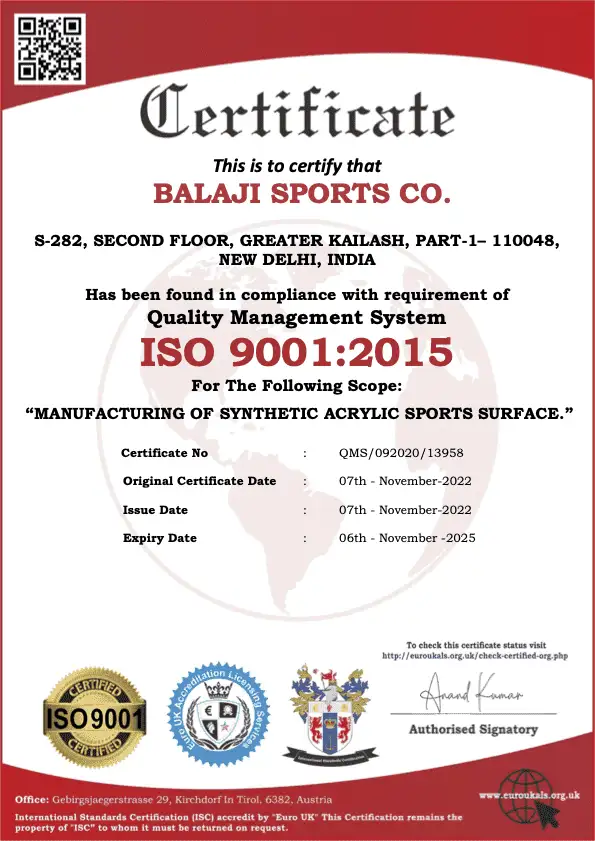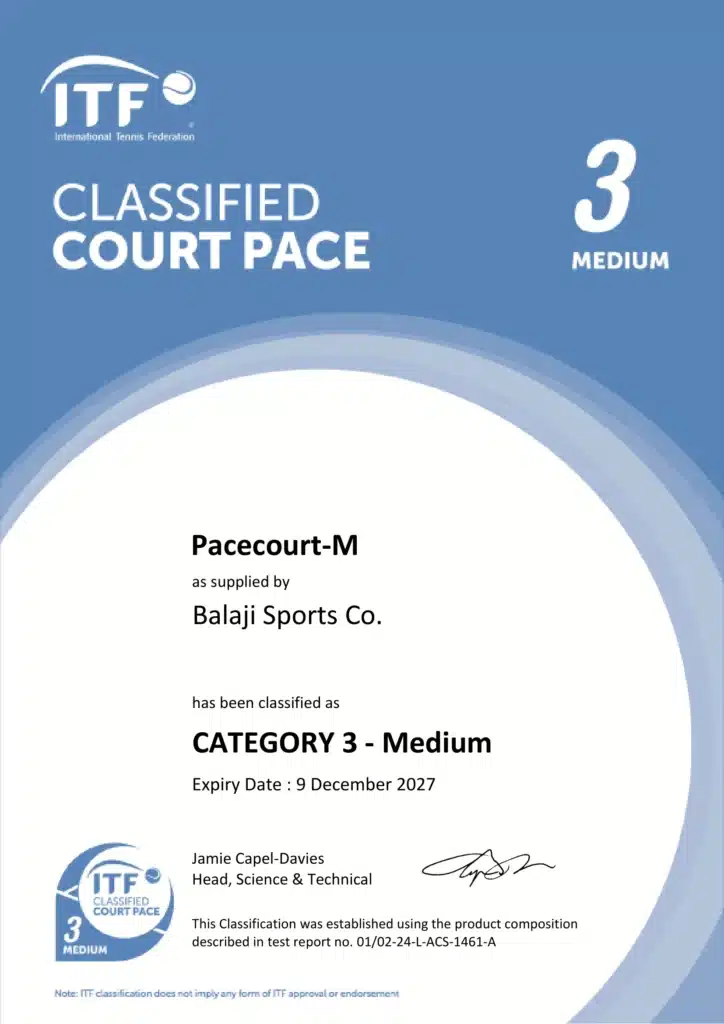Planning a Pickleball Court for Your Backyard? Here’s What It Will Cost and How to Save
Introduction Without having to travel to the nearby courts, having a pickleball court flooring in your backyard offers lots of chances for enjoyment, pleasure, and physical exercise. If you are considering this upgrade, you must approach planning and budgeting realistically, particularly if you want a high-quality, long-lasting surface. This article highlights the advantages of using acrylic flooring, outlines the costs involved in designing and constructing a backyard pickleball court, and offers strategies for cutting expenses without sacrificing quality. Why Build a Pickleball Court? The Appeal of a Backyard Court Pickleball is indeed one of the most rapidly growing sports, and if one has a court built at their residence, they can play it any time they want. People of all ages can better their skills, entertain their family and friends, and broaden their reach for investment in outdoor recreational courts. Constructing an acrylic pickleball court provides a premium surface that can endure high volumes of foot traffic and extreme weather conditions. The use of acrylic surfaces is ideal thanks to the unique combination of aesthetics, grip, and durability it provides. Key Factors Affecting Pickleball Court Cost The size of the court, the kind of materials utilized, the base structure, and any extra amenities are some of the important financial considerations when building a backyard personal pickleball court. Court Size and Layout A typical pickleball court measurement 20 feet in width and 44 feet in length. But in most situations, the recommended space as a whole tends to be larger than this playing area. Access to neighboring areas that are at least 10 feet in diameter ensures that play won’t be interrupted needlessly. Material Selection: Why Choose Acrylic? The acrylic surface offers the players’ performance a wonderful, long-lasting smoothness and vitality. Pickleball is a tough environment, and because its surface is not slippery, players can maintain their balance while making controlled movements. Additionally, because acrylic paint coatings are designed to resist ultraviolet (UV) rays, they shield the colors from the sun. Base Construction It is crucial to have a suitable layer underneath the acrylic. Concrete or asphalt subsurface is used most of the time. Concrete is more stable and long-lasting than asphalt, although it costs more. No matter how often it is used, a well-built base keeps the acrylic surface level and prevents cracking. Line Markings and Color Customization The pickleball court lines are important because they demarcate the playing area, but they also have an impact on the price. For example, acrylic surfaces enable the colors and patterns of the lines to be detailed, so they can match the design of the property or the style of the individual. Fencing and Net Systems A fence around the court makes it possible to keep the game played inside the boundaries. Play at a high level is guaranteed by a professional net system. These two components raise the court’s overall cost, but they also greatly improve its usage and safety. Cost-Saving Tips for Building Your Backyard Pickleball Court It doesn’t have to cost a fortune to set up an outdoor pickleball court in your backyard. You may have a good pickleball court without going over budget if you use the appropriate materials, hire the best workers, and prioritize certain design components. Opt for an Asphalt Base Over Concrete While asphalt is a less expensive alternative that still offers a stable floor, concrete is the best choice for long-term applications. A good acrylic overlay finish combined with asphalt surfaces provides a nice balance between price and quality. Choose Basic Color Customization A wide variety of colors can be used to design acrylic courts and create appealing layouts; however, a plain one with standard colors can help minimize costs. Use one or two plain colors so that the costs do not go too high while still maintaining a decent appearance. DIY Fencing Options If the entire site needs to be enclosed, installing professional fencing can cost thousands of dollars, which is a big financial commitment. You might search for less expensive fencing solutions that are simpler to build if you don’t want to be financially crippled. However, when it comes to regulating gameplay, portable mesh fencing can be both economical and efficient. Consider a Partial-Size Court Due to their increased popularity, sports courts come in a variety of sizes. Half a court is less expensive to build if having fun and honing your skills are your top priorities. This choice ensures a recreational experience while lowering the material and construction costs. Bundle Installation Services Project management will be made easier, and expenses may be lowered by hiring a contractor who can oversee the entire base building, surface, and line marking process. These bundled services are typically provided at a lesser cost than hiring separate service providers. Maintenance: Protecting Your Investment in Acrylic Surfaces Your court will remain stable for many years if it is properly maintained. The following care advice will help you preserve and enhance the quality of your acrylic pickleball court. Regular Cleaning Frequent use of a broom and water washing aid in removing dirt and shielding the surface from harm. Acrylic surfaces also need to be cleaned, but softer soaps are employed to preserve the grip. Annual Inspection and Resurfacing To help identify any early indications of deterioration, annual inspections are planned. After a few years, resurfacing helps keep the acrylic coating in good shape and increases its strength. Addressing Environmental Factors The quality of outdoor playing surfaces is impacted by their frequent exposure to the sun, rain, and temperature fluctuations. However, because of environmental issues, particularly in areas with high UV levels, court cover or adjacent shade structures are advised. Choosing the Right Contractor for Your Pickleball Court Installation Selecting a reliable contractor lowers the need for ongoing maintenance by ensuring your court is installed correctly. Employing professionals who specialize in installing acrylic courts is a good idea because they know the best techniques for producing a smooth, high-quality surface. To make sure you don’t go over your budget,





